Emerald Gemstones – Natural, Certified & Ethically Sourced
our collection of natural, certified emerald gemstones in vivid green hues, sourced from world-renowned origins including Colombian emeralds from the Muzo and Chivor mines and Zambian emeralds from the Kafubu region. Each stone is meticulously graded for exceptional colour, clarity, and cut, making it an ideal choice for bespoke engagement rings, fine jewellery, or timeless investment pieces.
shape
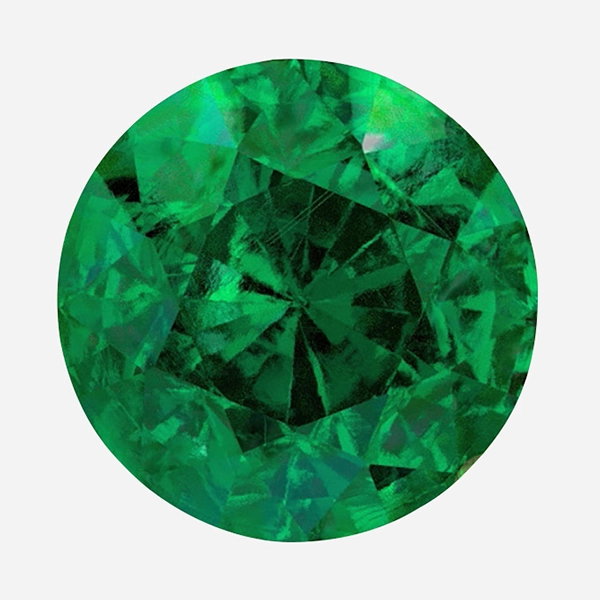
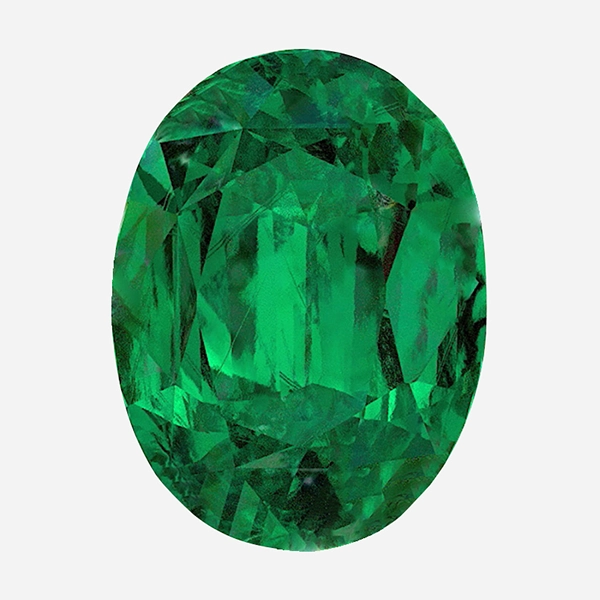
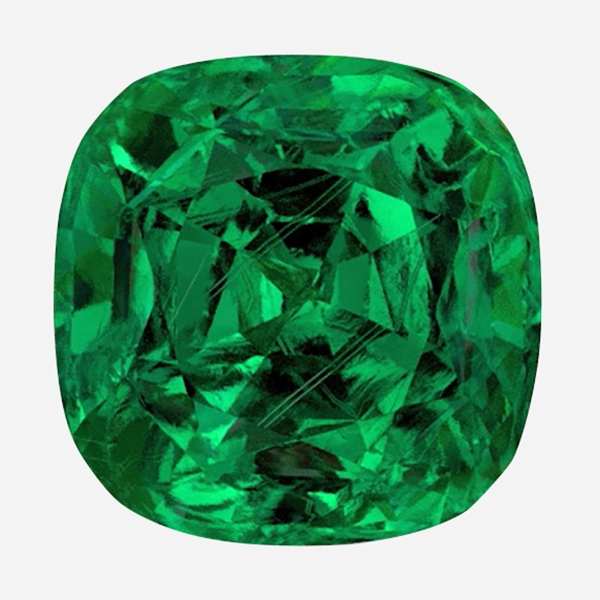
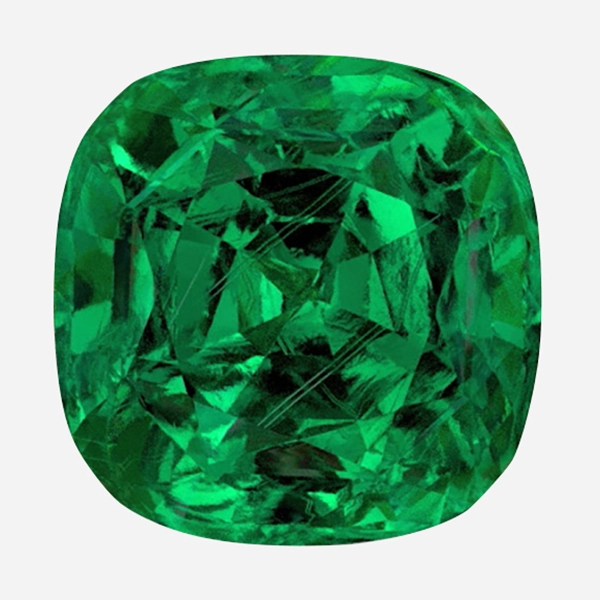
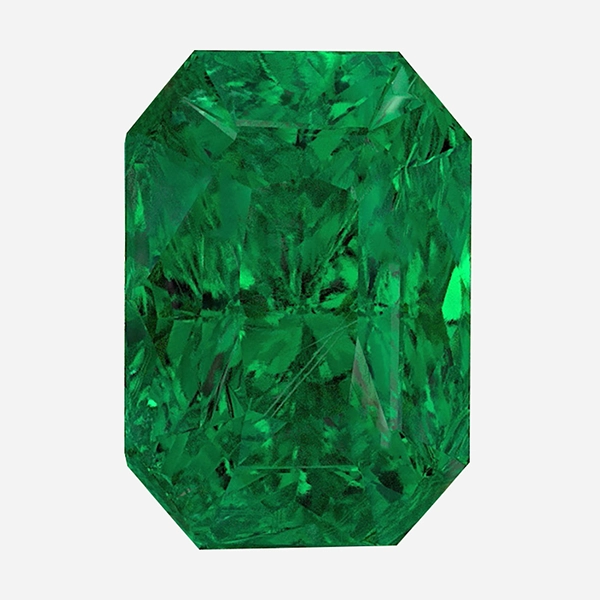
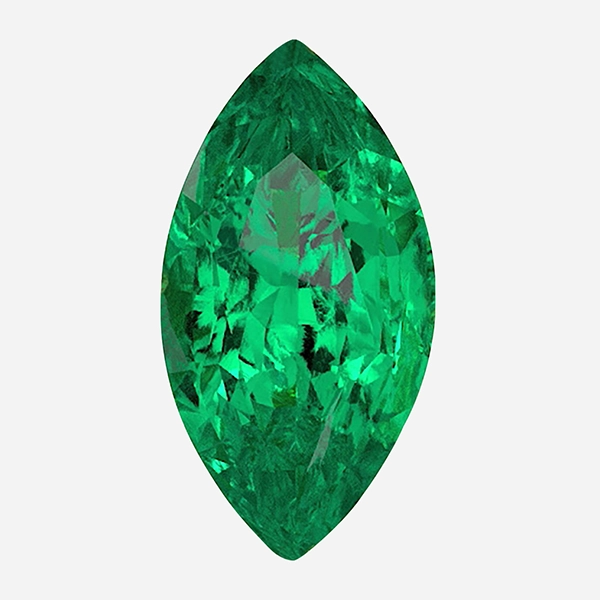
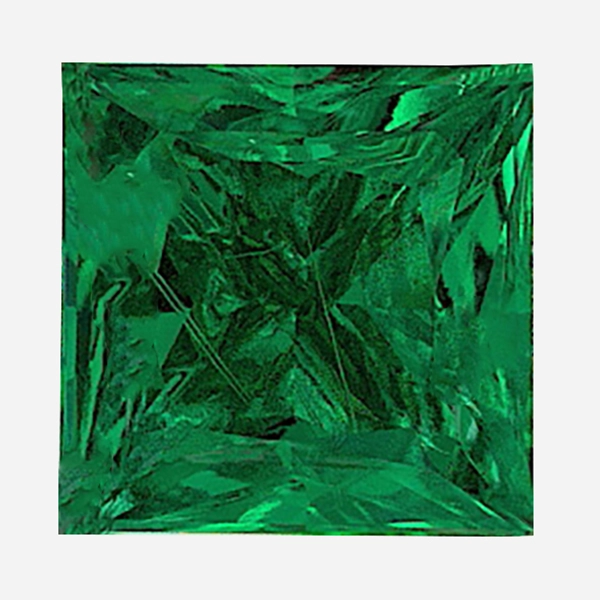
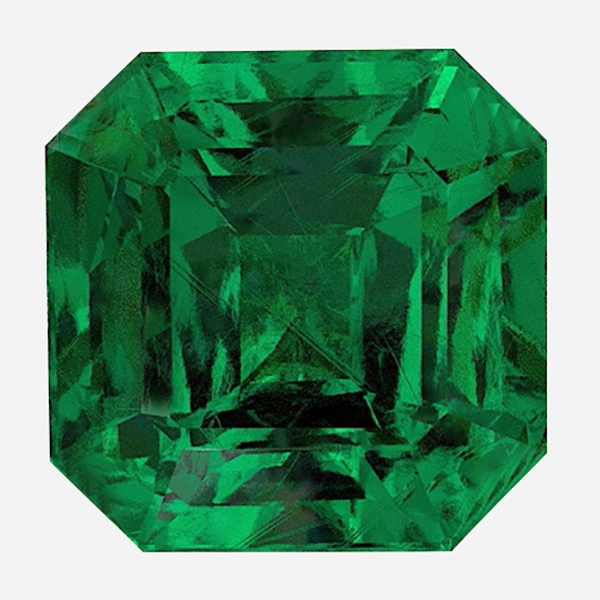
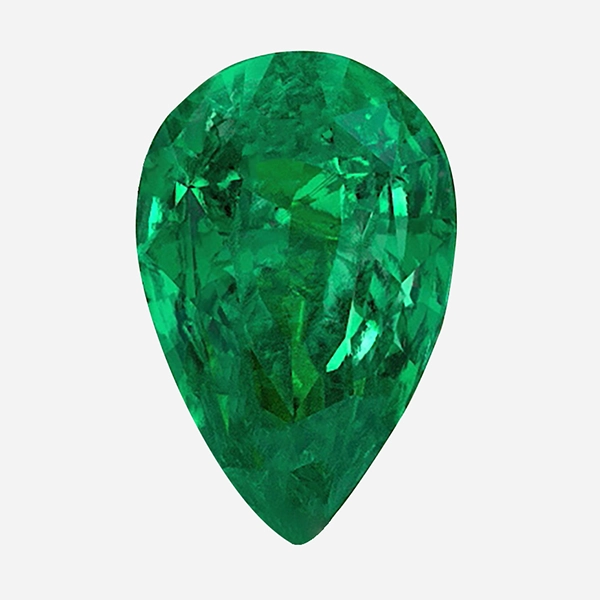
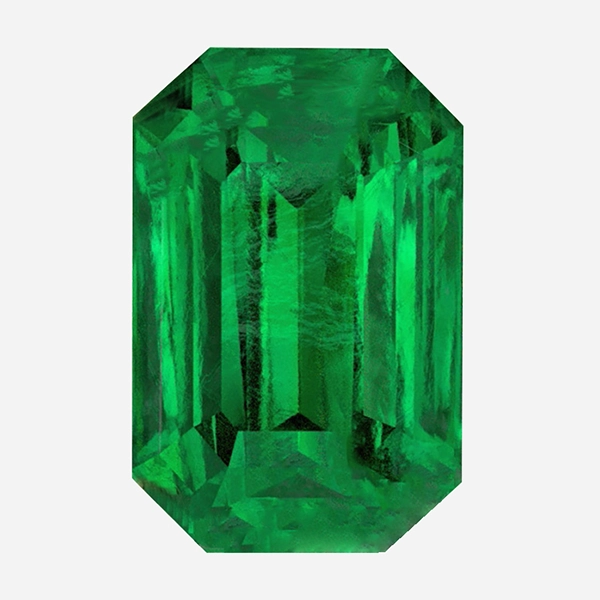
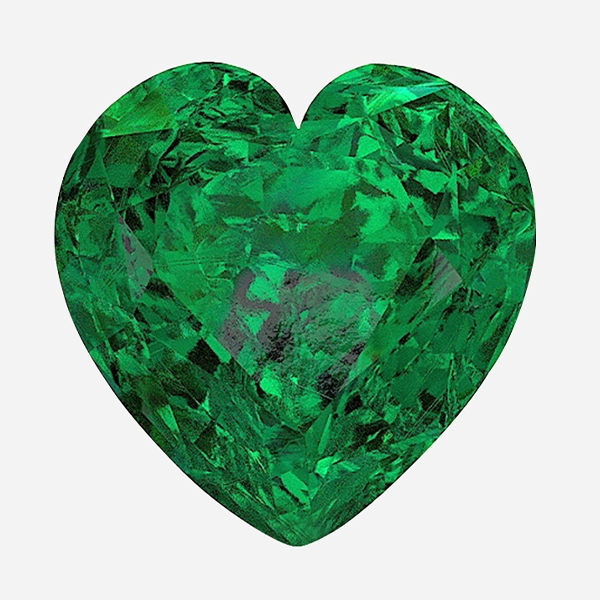
carat
price
viewed(0)
Discover the Brilliance of Emeralds
Book a Flawless Experience with Our Emerald Collection
Immerse yourself in the rich green hues of our exquisite emeralds — each gem handpicked for its colour, clarity, and charm. Book an appointment to explore our exclusive collection and find the emerald that perfectly complements your individuality.
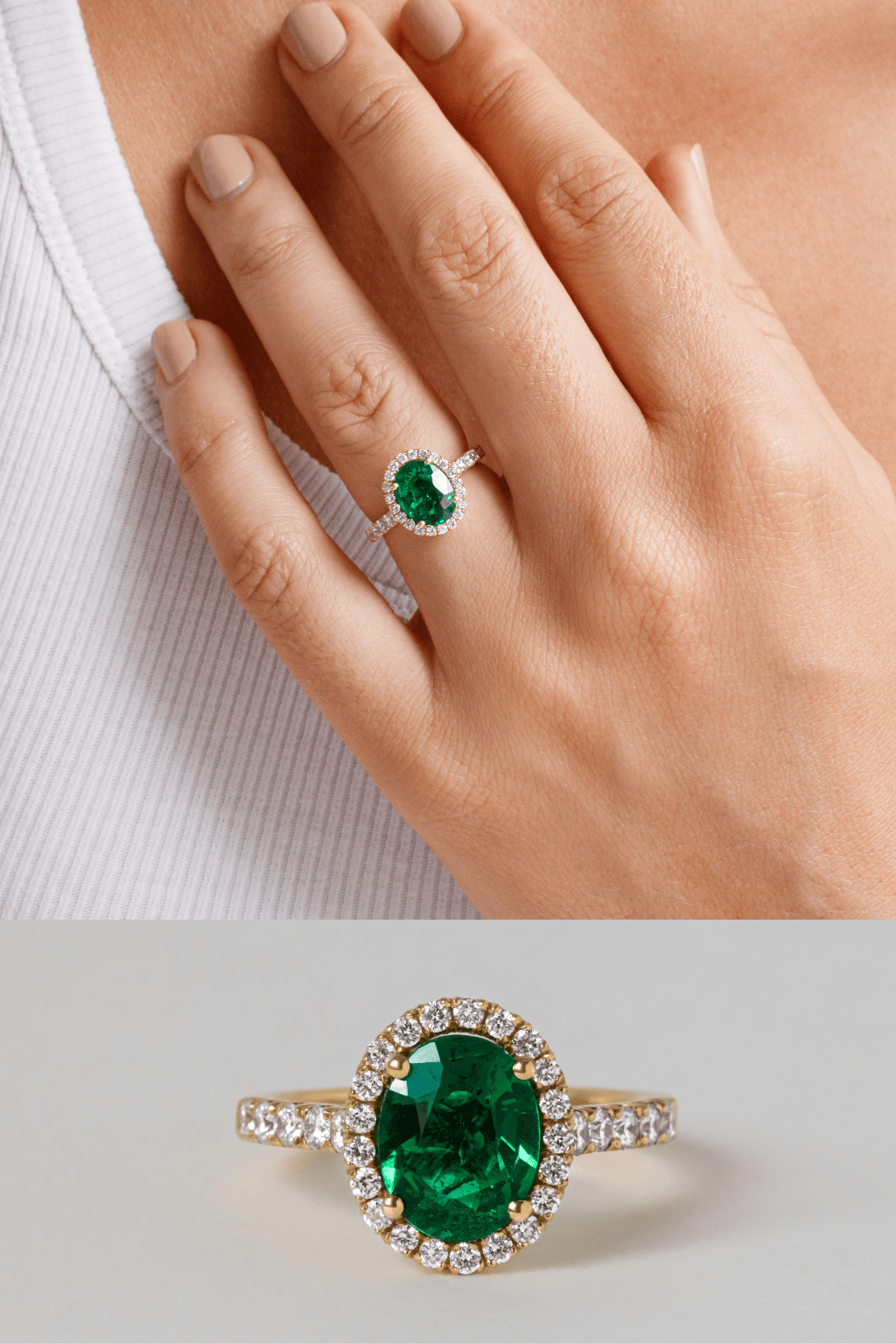
The Allure of Emeralds Through History
Emeralds have fascinated royalty and civilizations for thousands of years, symbolising power, wealth, and renewal. From Cleopatra’s treasured gems to the emeralds adorning Mughal emperors and European crowns, this vibrant green stone has always been a mark of prestige. Its rich history across cultures adds depth and meaning to every piece of emerald jewellery.
The Role of Inclusions in Emeralds
Inclusions, often called the “jardin” or “garden” of an emerald, are natural features that give each gemstone its unique identity. Unlike flaws, these tiny patterns of crystals or fissures are signs of authenticity and natural origin. They add depth, beauty, and individuality to every emerald, making no two stones exactly alike. Understanding inclusions helps buyers appreciate the natural charm that defines genuine emeralds.
Emerald Gemstone - FAQs
Are treated emeralds real gemstones?
Are treated emeralds real gemstones?
Yes, most natural emeralds are lightly treated with oils or resins to enhance clarity. This is a standard and accepted practice in the gem industry, but reputable sellers will always disclose treatments on certification documents.
Do emeralds lose their colour over time?
Do emeralds lose their colour over time?
No, natural emeralds maintain their colour when cared for properly. However, exposure to harsh chemicals or heat can damage the stone’s surface or reduce its lustre.
What metal complements emeralds best?
What metal complements emeralds best?
Emeralds look stunning in yellow gold, white gold, and platinum. The choice of metal can influence the stone’s colour — yellow gold enhances warmth, while white metals highlight its vivid green tones.
